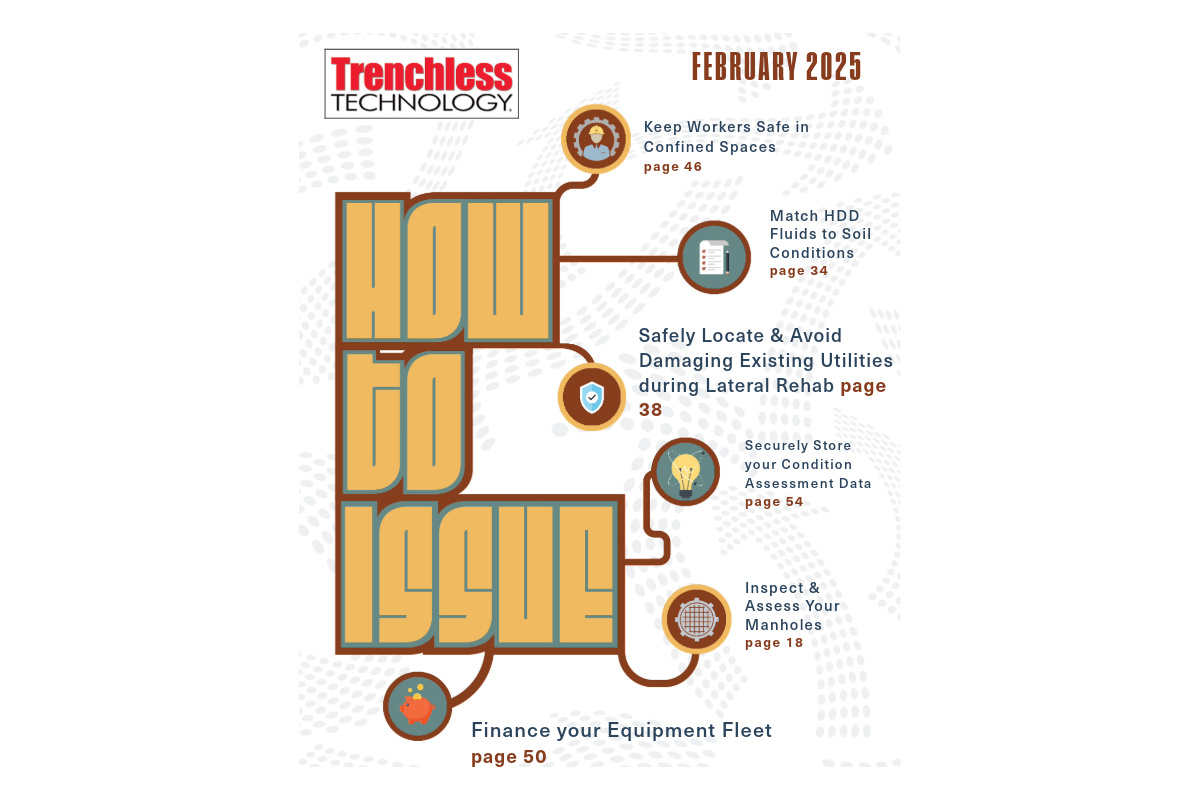Congress Passes $789 Billion Recovery Plan
In one of the first moves of the 111th Congress, the House and Senate passed a $789 billion economic recovery plan, a combination of spending programs and tax cuts designed to stimulate spending and create jobs. The proposal includes money for roads, bridges, highways, airports, transit, power, communications and sewer and water systems, in addition to tax cuts that would help pay for health and education.
The House initially passed a package calling for $819.5 billion in aid on Jan. 28. The Senate followed with its version that checked in at $838 billion on Feb. 10. The bills were reconciled and trimmed down to the final total in an agreement announced Feb. 11.
Following his win in the November election, then President-elect Obama promised to launch an infrastructure spending program on a large scale. In a December address, he said “We will create millions of jobs by making the single largest new investment in our national infrastructure since the creation of the federal highway system in the 1950s.”
On first blush, this looks promising for the water and wastewater sectors, which have been historically under-funded and facing growing investment gaps as pipe networks and treatment plants continue to age. But closer inspection of the plan shows that a relatively small part of the massive recovery plan addresses water and wastewater systems.
According to published reports, the plan includes roughly $150 billion in infrastructure spending, including highway construction and repairs, public transportation and rail projects and water and wastewater projects, among others.
The proposal includes $6.4 billion for water and wastewater infrastructure, which were presumably to be administered through EPA’s State Revolving Fund programs.
Industry groups and lobbyists had been stating their case for a piece of the pie, as well as how the stimulus money was to used. The U.S. Conference of Mayors (usmayors.org) outlined a “Main Street Economic Recovery” plan that recommends roughly $180 billion in infrastructure upgrades, including $37.5 billion for water and wastewater. According to the report:
–Water and wastewater infrastructure is an integral component of the nation’s economic competitiveness, protects public health and creates jobs.
–In 2006 alone, local government spent $85 billion on water infrastructure. During the same time, the federal government provided only $1.9 billion through state loans. Through user rates, local bonds and taxes, local governments contribute 98 percent of the total investment in wastewater and 95 percent of the investment in water infrastructure. Despite the tremendous investment made by local government, the EPA estimates that there still is a $500 billion “needs gap” to meet our water and wastewater infrastructure needs and to comply with current unfunded mandates.
–Due to leaking pipes, cities can lose anywhere from 5 to 40 percent of their water and wastewater. Thirty-five percent of cities in a Conference of Mayors survey do not know where their source of water will come from by 2025. Therefore, Congress should allocate an additional $37.5 billion directly to cities as grants to assist with rehabilitating aging water and sewer infrastructure, complying with sewer overflow issues, and promoting source water protection and availability. This additional investment will result in immediate job creation in cities and across the nation, as many local Main Street infrastructure projects are “ready to go.”
Obama has indicated his desire to get the plan moving quickly, so projects that are “shovel ready” – that is lacking only funding – will likely be given priority. The state revolving funds prioritize projects based on need and would be a logical starting point for identifying which water and wastewater infrastructure projects get funding.
The long-term commitment of Congress and the Obama administration to water and wastewater remains to be seen. Early indications, however, indicate a renewed focus on these important assets
James W. Rush is editor of Trenchless Technology.



